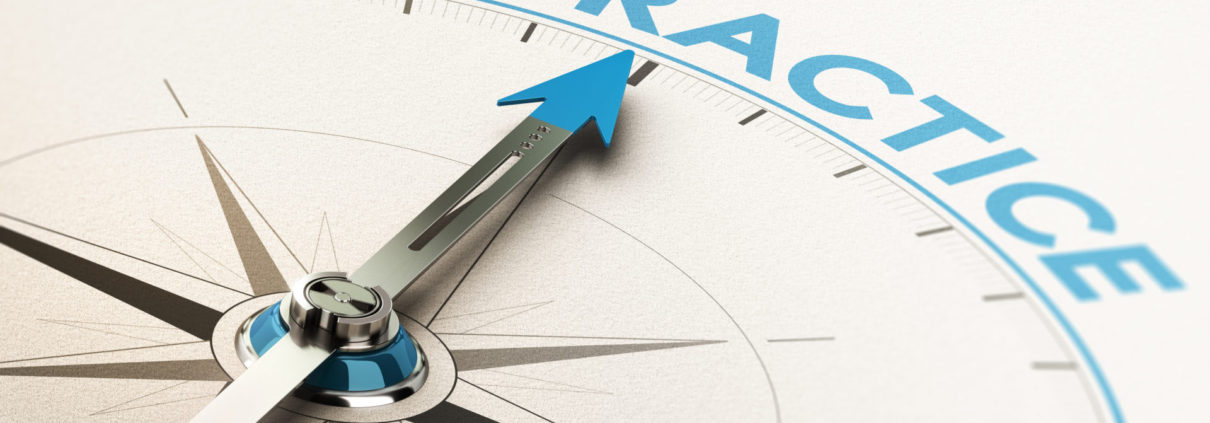Best Practice for Entering Transfers with Partial Refills Remaining
Transfer prescriptions carry a high audit risk due to the additional documentation required based on state regulations. Pharmacies receiving transferred prescriptions know that sometimes the quantity received is not always a number that is easy to enter in the pharmacy’s software system. The following scenario outlines the most common issue.
- Pharmacy ABC received an electronic prescription for Januvia® 100 mg, 90 tablets plus 3 refills
- Pharmacy ABC billed Januvia® for 27 tablets on the first fill to sync it with the patient’s other medications
- The patient then requested a transfer of their Januvia® to Pharmacy XYZ
- When Pharmacy XYZ receives the transferred Januvia®, there are 333 tablets left; equivalent to 3.7 fills of 90 tablets, or 90 tablets plus 7 refills
If your pharmacy software system does not allow you to enter 90 tablets plus 2.7 refills, then the safest way to enter the prescription is for 333 tablets plus 0 refills, with a dispensed quantity of 90 tablets. However, beware of these additional audit pitfalls:
- Remember to refer to the original written quantity to ensure the correct dispensed quantity is filled.
- If you dispense a quantity less than the original written quantity, remember to notate the reason for cutting down the quantity (med sync, med packaging program, patient preference, etc.)
- If you dispense a larger quantity than the original written quantity, remember to obtain approval from the prescribing practitioner if you are in a state without accelerated refill permissions. If you are in a state that allows accelerated/consolidated refills, remember to notate the reason for dispensing a larger quantity (patient preference, plan limit, etc.).
- For more information regarding quantity changes, refer to the June 2021 Newsline article, Dispensed Quantity is Different from the Prescription – Do I Need to Document?
- Never dispense more than the quantity remaining on the prescription.
- Remember to enter the correct original written date to ensure the prescription is only filled while it is truly valid, not after it expires.
- Regardless of the method by which the pharmacy obtained the transfer (phone or fax), the origin code should be 5.
PAAS Tips:
- For additional information on transferred prescriptions, refer to following Newsline articles
- Transfer Prescription Continue to Be Targeted (January 2022)
- Self-Audit Series #6: Transfer Prescriptions (July 2021)



